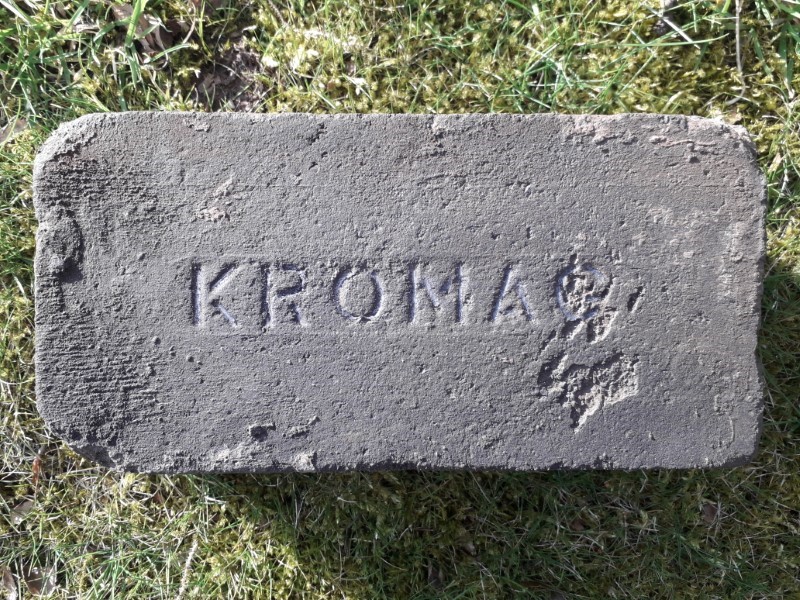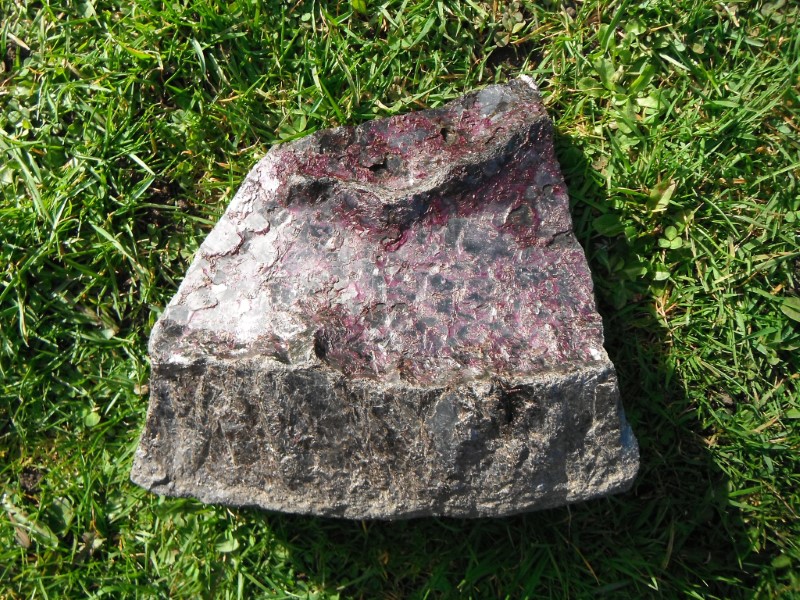8707 Stein Mullite 6 M
— 23/04/2025Found by Ian Suddaby on the site of the old Manuel Brickworks, Whitecross. This example is not in my possession. Stein, Castlecary Fireclay Works, Castlecary, Stirlingshire. Stein, Manuel Firebrick and Refractory Works, Whitecross, Stirlingshire. Stein & Co, Anchor Brickworks, Denny, Stirlingshire. Milnquarter Fireclay & Gannister Works, Bonnybridge, Stirlingshire . .















